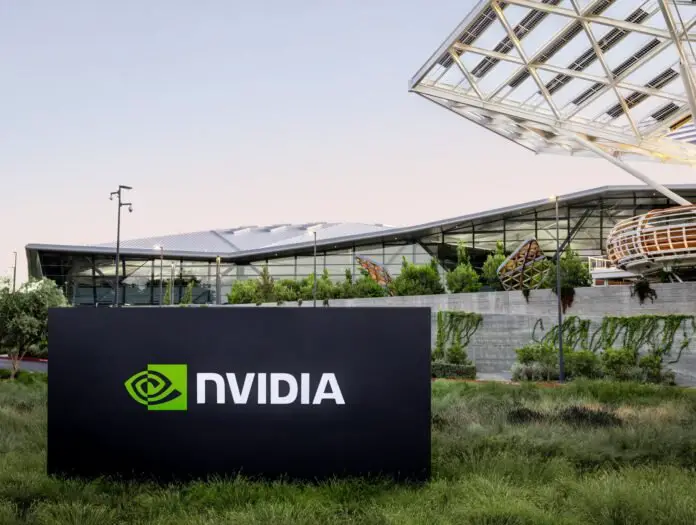Staff Reporter
In a major boost for President Trump’s “America First” agenda, Nvidia has announced plans to design and construct AI supercomputer factories in the United States. This marks the first time the company will localize production of these essential technologies, reinforcing domestic supply chains and enhancing hemispheric defense.
Nvidia has unveiled new initiatives to fortify America’s chip manufacturing sector:
- For the first time, the company will localize AI chip and supercomputer manufacturing in the U.S., partnering with TSMC, Foxconn, Wistron, Amkor, and SPIL.
- Over 1 million square feet of manufacturing space has been allocated for the production of Blackwell chips and AI supercomputers in Arizona and Texas.
- Mass production of these chips is anticipated within the next 12 to 15 months.
- Nvidia’s total investment in AI infrastructure could reach $500 billion over the next four years.
Nvidia stated, “Tens of ‘gigawatt AI factories’ are expected to be built in the coming years.” The company emphasized that manufacturing AI chips and supercomputers in America is projected to create hundreds of thousands of jobs and drive trillions of dollars in economic security in the decades ahead.
CEO Jensen Huang remarked on the significance of ‘Made in America’ supercomputers, stating, “The engines of the world’s AI infrastructure are being built in the United States for the first time.” He added that domestic manufacturing will enable Nvidia to better meet the surging demand for AI technology, strengthen the supply chain, and enhance resilience.
Nvidia’s initiative aims to bolster the U.S. chip manufacturing sector and lessen dependence on high-tech AI chips from Taiwan. This effort aligns with a broader strategy of reinforcing domestic supply chains as the world increasingly divides into two power blocs by the 2030s.
The competition to secure supply chains and enhance hemispheric defense is escalating, particularly as the technological rivalry between the U.S. and China accelerates.
Control over AI chips and their applications—spanning electric vehicles, clean technology, humanoid robots, drones, low Earth orbit satellites, and large language models—will be crucial. While these industries may appear distinct, they are interconnected through a shared ecosystem of technologies and supply chains. Dominating these sectors will be key to leading in the next decade.
If America aims to succeed by 2030, now is the time to strengthen domestic supply chains.

